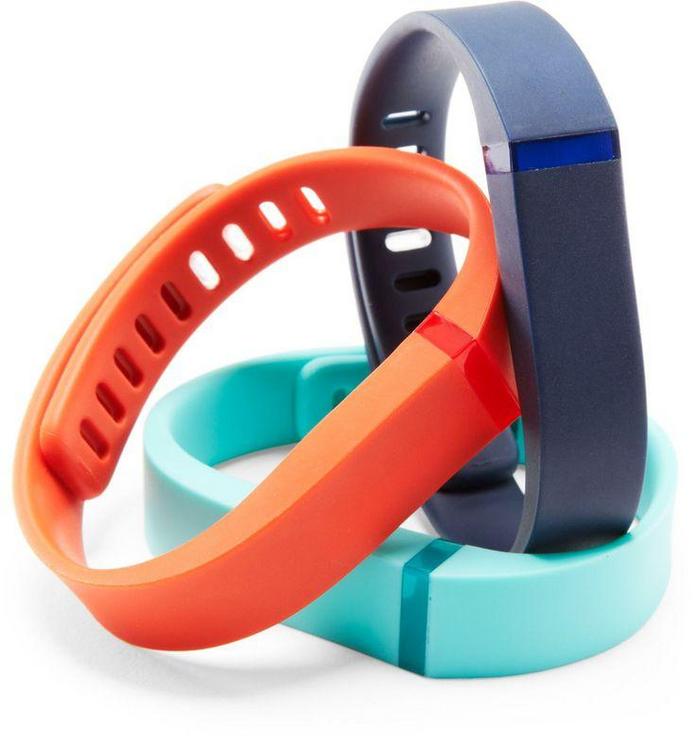Fitbit was recalled due to mysterious EMF wifi symptoms
It seems like these days everyone has a Fitbit or some other smart watch. Everyone wants to know how well they slept, how many steps they’ve taken, how many stairwells those steps equate to, how many calories they burned, and who that text was from and what they said. These results can easily be shared with friends or family or even personal trainers to set up fitness challenges. Essentially, it’s another form of social media. Fitbits have skyrocketed in popularity and likability over the last decade. At least, mostly. Despite the popularity, Fitbits owners are more or less accustomed to having their wrist candy recalled.
Fitbit’s Hardware Hardships
Perhaps you heard about the Fitbit recall in 2014 where people complained about itchiness from the watch band material (1). According to follow up research, approximately 1.7% of users reported skin rashes from certain Fitbits after wearing the devices (1). The thought then was that the rashes were due to an allergic reaction to either the nickel in the stainless-steel portion of the device, the adhesives or other materials in the strap (1).
Despite this hiccup, Fitbit returned to the shelves and sales commenced until there was another incident in 2017. A Wisconsin resident filed claims after her Fitbit Flex 2 tracker exploded on her arm (2). The woman suffered some severe second-degree burns and Fitbit dutifully investigated the situation, but failed to recall the Fitbit Flex 2 bracelets right away (2).
When examined closely, it quickly comes to light that Fitbit has undergone some serious hardware issues—including but not limited to an accuracy issue with the heart-rate technology, production issues with a delayed smartwatch, and update glitches (2). As of last year, Fitbit’s stock tallied up to show huge losses and was known as one of the biggest losers on Wall Street (2).
Fitbit’s Latest Recall
Most people are aware that Fitbits rely heavily on Wifi to track the wearer’s steps, movement, heartbeat, caloric burn, incoming communications and time. Keep in mind, Wifi is a form of radiation. The Fitbit is able to calculate its information from a personal account where the user can log-in and add information about themselves such as health statistics in order to set goals and make progress. But the more Fitbit is being used, the more studies delve into understanding exactly what having radiation on your arm does to your body. Consequently, Fitbits have been linked to mysterious EMF-related symptoms such as body pain, headaches, dizziness, nausea, erratic pulsing, rashes, and more (3).
Most of the studies have been done via anecdotal accounts, in which one person stated:
I began to have a strange, repetitive and painful electrical pulse running up and down what I thought was my left kidney. It was relentless and ran up and down over this kidney area as though I was a circuit board. I couldn’t tell why it appeared until I realized… My Fitbit was worn on my left wrist which hangs down near my left kidney when I’m standing. And I only wore it during the day, while active. Shelving the Fitbit allowed the pain to subside after a few days, and it only returned when my phone got too close to the area. I’m so sensitive to EMF that if I didn’t write stories every day, I’d be legit off-grid for the health of my family (3).
This is only one of many claims that correlate their Fitbit with random illnesses or pains (3, 4).
Conclusion
Growing technology is fascinating and it’s easy to always want the latest thing. Fitbits are certainly cool and information is consistently desirable! While research and conclusions are certainly incomplete on the causes and reactions a Fitbit has on the wearer, many people testify to it’s unhealthy attributes. Is it worth the risk? Fitbit has issued a recall to investigate the issue (3, 4).
For full references please use source link below.

